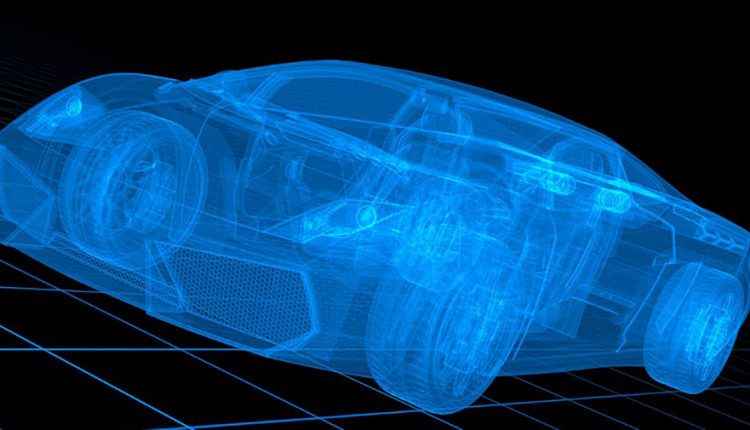Huge companies make traction motors for electric vehicles. After all, as the IDTechEx report, ‘Electric Motors for Electric Vehicles: Land, Water, Air 2019-2029’ details, every EV has at least one traction motor and increasingly they have many, including one electric aircraft with no less than 36.
Market demand therefore rises even faster than EV demand. However, suppliers such as Siemens, Nidec and Borg Warner do not have it all their own way because the motors are a key enabling technology controlling performance, even increasing range by superlative efficiency as in Tesla cars. Tesla therefore designs its own but there are also small businesses grabbing sales.
YASA, leading manufacturer of axial-flux electric motors, has just been designed into nothing less than Ferrari’s first hybrid series-production sports car, the SF90 Stradale launched 29 May in Maranello, Italy.
YASA’s innovative electric motor designs offer best-in-class power and torque densities and it is already designed into several prestigious electric aircraft, though Siemens takes most electric aircraft orders so far. YASA motors are ideally suited to both hybrid and pure electric vehicle applications.
The custom YASA motor in the SF90 Stradale is highly compact with a world-leading power density of 14kW/kg, allowing Ferrari to deliver unparallelled vehicle performance whilst reducing vehicle weight. The motors will be manufactured at YASA Oxford, UK.
Chris Harris, YASA’s CEO, said: “We’ve worked closely with Ferrari over the past two and a half years to develop a custom solution that meets their unique performance requirements, aided by the fact that our companies both share the same passion for innovation and the same unwavering commitment to excellence. Through this long-term collaboration, we are helping to set the bar for high-performance electric driving experiences.”
An important lesson here is that electric vehicles by land, water and air are now one business, particularly for component suppliers. The new IDTechEx report, ‘Electric Vehicles 2020-2030’ analyses it in a remarkable 100 categories, each with forecasts.

